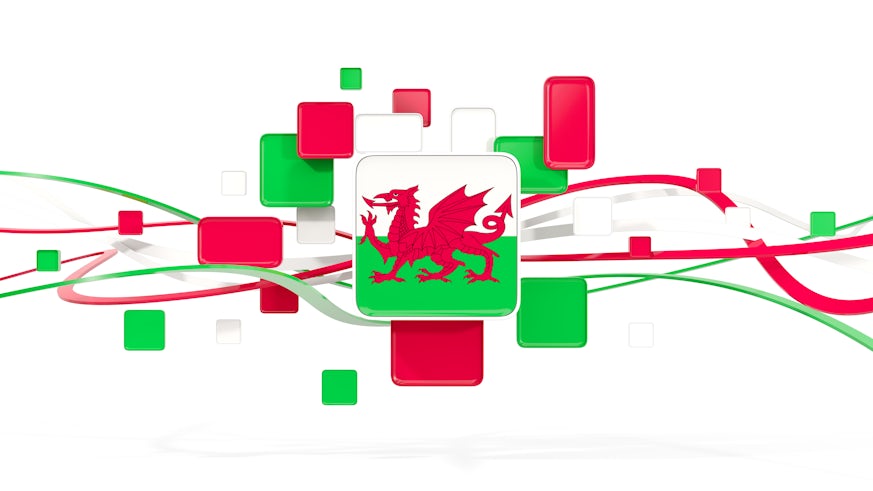Is Wales portrayed fairly on TV?
3 August 2017

Three of Welsh television’s most influential decision makers will examine whether Wales is portrayed fairly on TV, at a Cardiff University debate at the National Eisteddfod.
BBC Cymru Wales’s Head of Content Production Sian Gwynedd, Angharad Mair, Executive Director of Tinopolis Cymru and BAFTA Cymru chair, and S4C’s Creative Content Director Amanda Rees will discuss whether the media in Wales properly reflects the nation.
The School of Journalism, Media & Cultural Studies (JOMEC) debate, hosted by lecturer and broadcaster Sian Morgan Lloyd, takes place at the Cardiff University tent on Wednesday 9 August at 14:00.
This annual media discussion, now a popular fixture in the National Eisteddfod programme, will include lively debate and an opportunity for the audience to put questions to senior figures in the industry.
A rapidly changing industry
Lloyd said: “We at JOMEC, as part of Cardiff University, relish this annual opportunity at the National Eisteddfod to gather creatives and members of the Welsh language media together for debate.
“There’s no doubt the media is central to our political and cultural life in both languages in Wales but here, as in countries across the world, we are having to adapt daily to the rapid changes facing the industry...”

“We see our role at JOMEC as facilitators and drivers of public discussion and this debate offers an ideal opportunity to reflect on the current state of the media and ask whether it accurately reflects us as country.”
The discussion comes at a time when broadcasters in Wales are adapting to a constantly changing media environment.
Big investment
BBC Cymru Wales recently announced wide-ranging plans to enhance its services across Wales, which it describes as its “biggest single investment in content in over 20 years”.
The plans feature the creation of 40 new jobs at BBC Wales, including 25 additional journalist posts, and new specialist correspondents to lead in-depth news coverage. The changes will also see the launch of a new Welsh language radio station, Radio Cymru 2, with a new morning service on DAB and digital, and extended FM overage for Radio Wales.
Sian Gwynedd, Head of Content Production for BBC Cymru Wales, said: “The challenge for broadcasters is to respond to the revolution in the viewing habits of our audiences and the demand for programmes and services on various platforms.
“The new investment in BBC Wales, announced earlier this year, means we’ll be doing just that and I look forward to discussing our ambitious plans for the future.”
Authentic and relevant
S4C is similarly adapting to the ever changing needs of modern audiences to ensure an “authentic and relevant” portrayal of Wales in its future content.
S4C Creative Content Director, Amanda Rees said: "In regular feedback from viewers, during public meetings and surveys, we are told consistently that S4C has strengths above other channels when reflecting Wales and the Welsh people. This is something we take great pride in and is at the forefront of our minds when commissioning and shaping our service.”
Rees said S4C strived to ensure all its commissioning decisions were informed by the questions “Why now? Why Wales?”.
“Holding a mirror to modern Welsh life is a founding principle of our new creative strategy and we passionately believe in pushing the boundaries to ensure all our future content feels important, authentic and relevant.”
“But, as you know, S4C's role is just a part of the landscape of the media in Wales, and I look forward to a positive discussion to explore what more can be done as a collective to give Wales a greater voice beyond our borders.”
The future
Angharad Mair said she was “disheartened” to have to discuss yet again if Wales was being portrayed fairly on television.
“Even sadder is that the situation seems to be getting worse,” said Mair.
“In Welsh, on S4C, it isn’t so much the portrayal that is a problem but the lack of funding which is endangering the future of the channel while on the English side, we are disappearing to the point of invisibility.”
“Thanks to Cardiff University for ensuring a discussion on a serious issue which is undermining democracy in Wales.”
Cardiff University’s theme for the 2017 National Eisteddfod is Cardiff Connected – how Cardiff University and its students, staff and alumni are connected to Wales and beyond.
Share this story
For more information about our research, courses and staff visit our School website.


